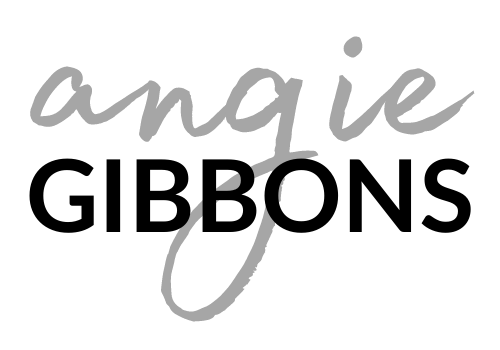Favorite Things: for Homeschool Parents
There are so many different ways to homeschool and nurture human beings! We have made many changes over the years as our kids and their needs have grown. These are some of my favorite homeschool resources that have stood the test of time for us.
Notebooking is a great way to explore a variety of topics as a family, with multiple ages, allowing each child to narrate and then draw or write what they learned. My kids have created beautiful and practical notebooks that they are proud to share. I love this website and its resources!
We have been part of Classical Conversations communities since our oldest was 4 and it has been a fun, enriching experience for all of us (myself included). It’s a weekly academic homeschool group, with classes from age 4 through high school, that is available nationwide.
home education looks something like this....
While we use Saxon Math for 2 of our kids, I want to mention Math-U-See as a great curriculum for kids who need help visualizing math concepts, are slower learners, have dyslexia, or just need a hands-on, visual approach. This program has done wonders for us.
I can’t say enough about this complete phonics, spelling and grammar program for children with dyslexia or difficulty learning to read. It is incredibly systematic and slow but it really works. There are also certified Barton tutors around the country, but this can be a very expensive option. I chose to learn the method myself.
Especially when my kids were younger I found so many good books at the library using this resource. It also inspired me to make lists and regular trips to the library when I did not feel up to it! Over time I’ve become more familiar with the titles and use the actual book very little. But I highly recommend it for parents and homeschoolers.
We have very slowly been going through this Bible and worldview curriculum that has three volumes, about God, our identity, and our purpose in the world. It’s slow going because I am using it with all 3 girls even though it’s most appropriate for my oldest daughter’s age. They really enjoy the stories that illustrate the concepts. I just read whatever amount seems appropriate each day. For the second book in the series I also ordered the coordinating coloring books, which have been a big hit.
Great website resource for homeschooling children with dyslexia.
Yearly Motivation Charts
Each year we create some way to mark the days of our school year. It has varied depending on the ages of my kids. One year I created a big posterboard tree with velcro apples that we could add and remove as we completed subjects. But I have also recognized the need for the kids to see time passing. Since we don't have many of the typical school activities that indicate where we are in the school year (and in Hawaii we don't have seasons to speak of), allowing them to mark time gives them a sense of accomplishment and going somewhere.
Our favorite charts were homemade, quarter poster size. We drew a path for each kid, like a winding road with circles along the path representing each school day. Then the kids put a sticker on a circle when they completed their schoolwork for the day. It also gave them motivation to finish their work for the day and a way for me to check in with the more independent learners. Once their work was done and I had seen it, they got their sticker. The kids loved these charts because they personalized them and because ....stickers. I don't date the circles in advance because then when we get off schedule we can catch up without any pressure. But once we put a sticker on the chart to show a completed date, I date it, so I have record of our school days. The chart gives us a good visual of how far along we are in our school year with just a glance. We also marked every 30 days as a special day. One child gets to draw a slip of paper out of a bag and the following day we get to do whatever was on the paper - popcorn and movie, field trip of their choosing, lunch outing, or even a free day. They love the anticipation and it gives us all a needed break.
We have had Time Timers in multiple sizes and also use the Time Timer app on an iPad. These are wonderful tools for motivating a child to finish up a lesson, provide a timeframe for when the next activity will happen, time outdoor breaks between subjects, and many other possibilities. The best part about them is they are visual, especially helpful for kids who struggle with a sense of numbers or passing time. Our autism (ABA) therapist also recommends the small plastic hourglasses in 3 and 5 minute increments, but that might be too distracting for some kiddos.

